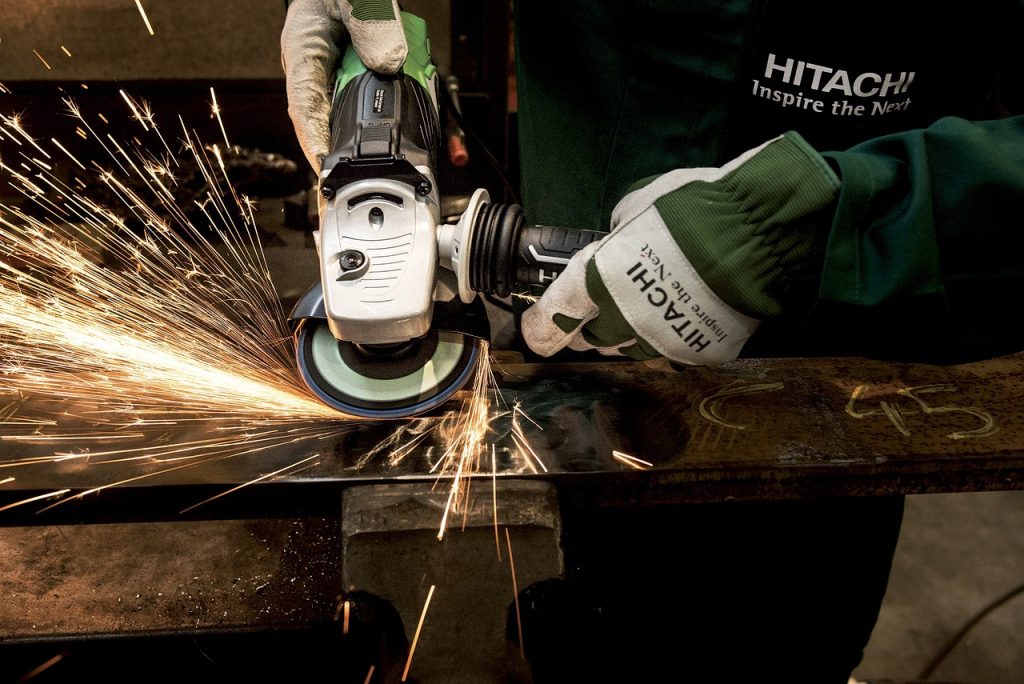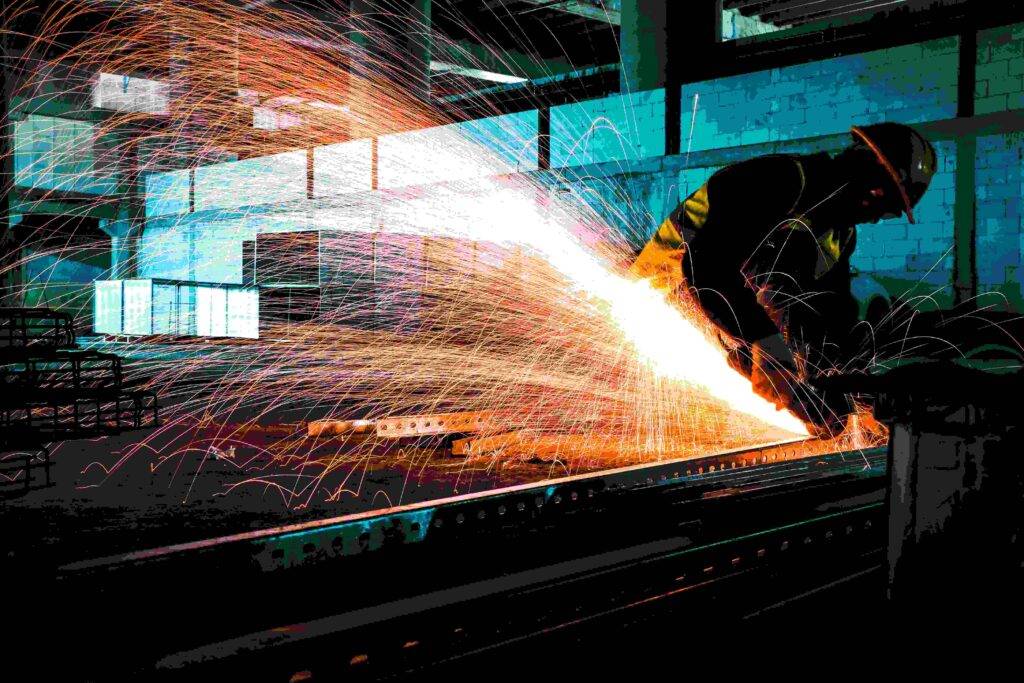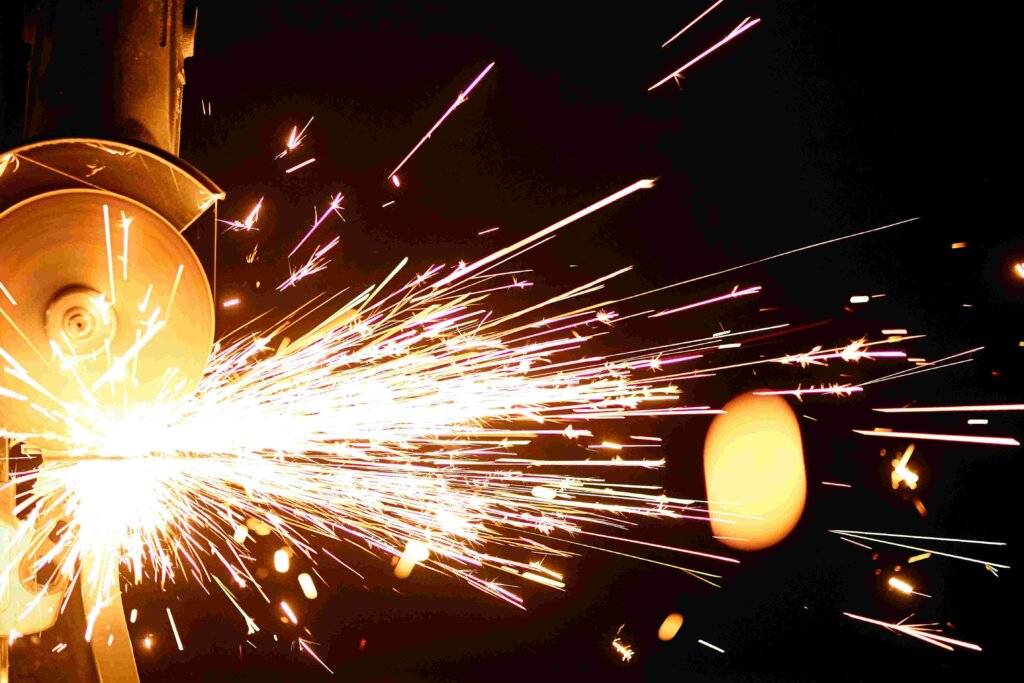The angle grinder is a versatile power tool capable of a wide range of tasks, from cutting and grinding to polishing and stripping. To harness its full potential, understanding the different types of discs available is crucial. This comprehensive guide will delve into the various angle grinder discs, their applications, and safety considerations.
Understanding Angle Grinder Discs
Angle grinder discs are abrasive tools attached to the machine’s spindle to perform specific tasks.
The type of disc you choose will significantly impact the outcome of your project.
Cut-Off Wheels
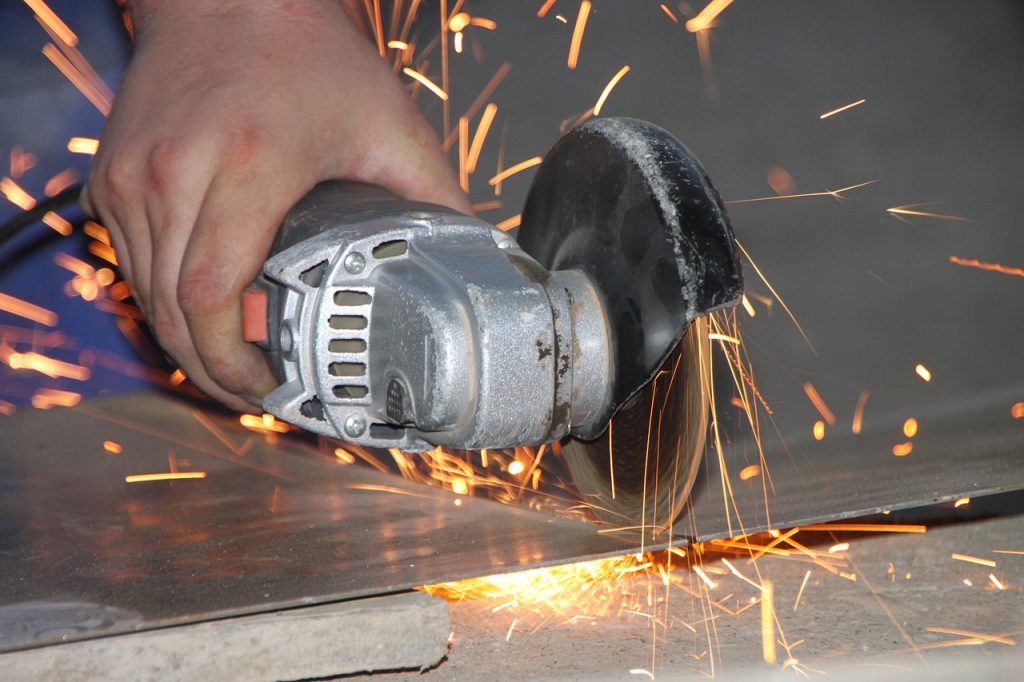
Purpose: Cutting through metal, pipes, and rebar.
- Material: Thin and abrasive, typically made of aluminum oxide or zirconia alumina.
- Safety: Extremely dangerous if misused. Wear protective gear and use a stable work surface.
Grinding Wheels

Grinding wheel
Purpose: Removing material, smoothing rough edges, and shaping metal.
- Material: Abrasive grains bonded together, often with a ceramic or resin bond.
- Safety: Choose the right grit for the job. Avoid overheating by using water coolant if necessary.
Flap Discs
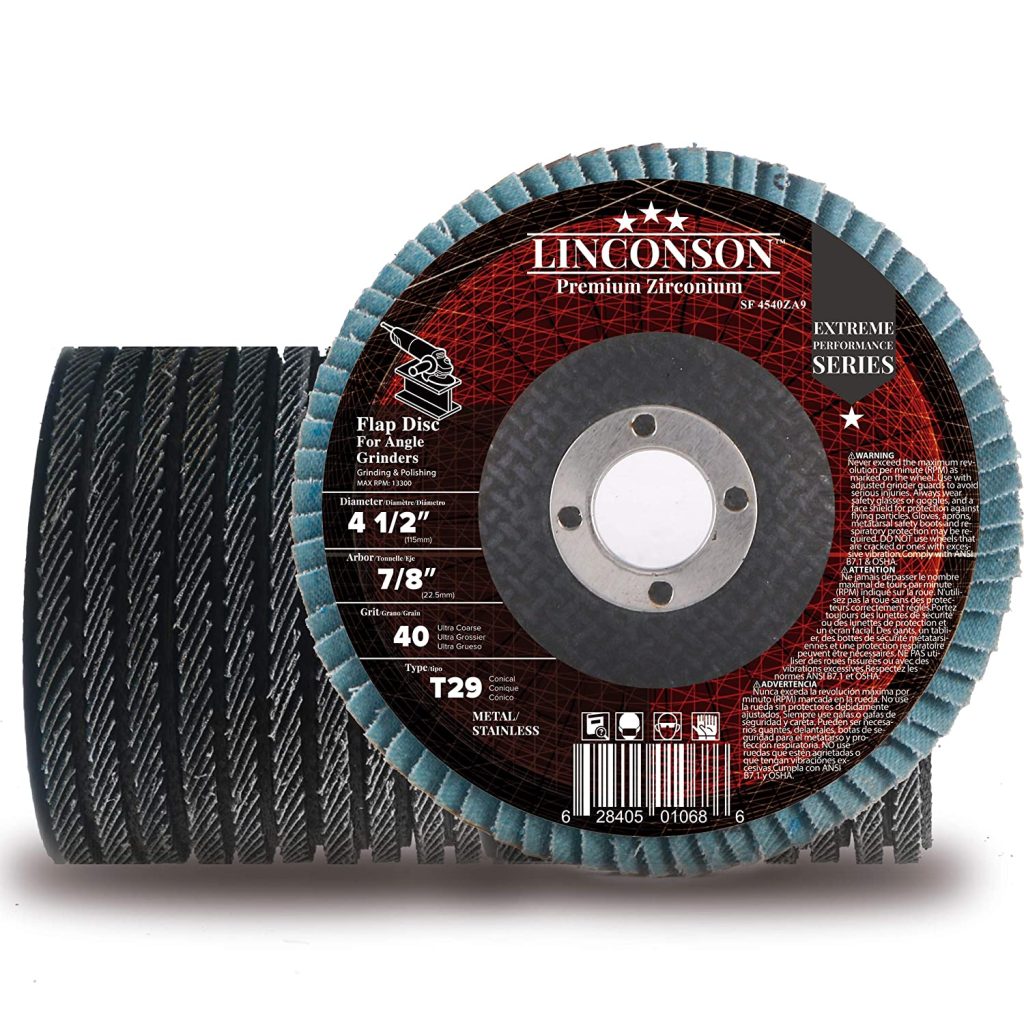
Purpose: Blending welds, removing rust, and finishing surfaces.
- Purpose: Blending welds, removing rust, and finishing surfaces.
- Material: Abrasive cloth strips attached to a backing plate.
- Safety: Wear a dust mask to protect against airborne particles.
Wire Wheels
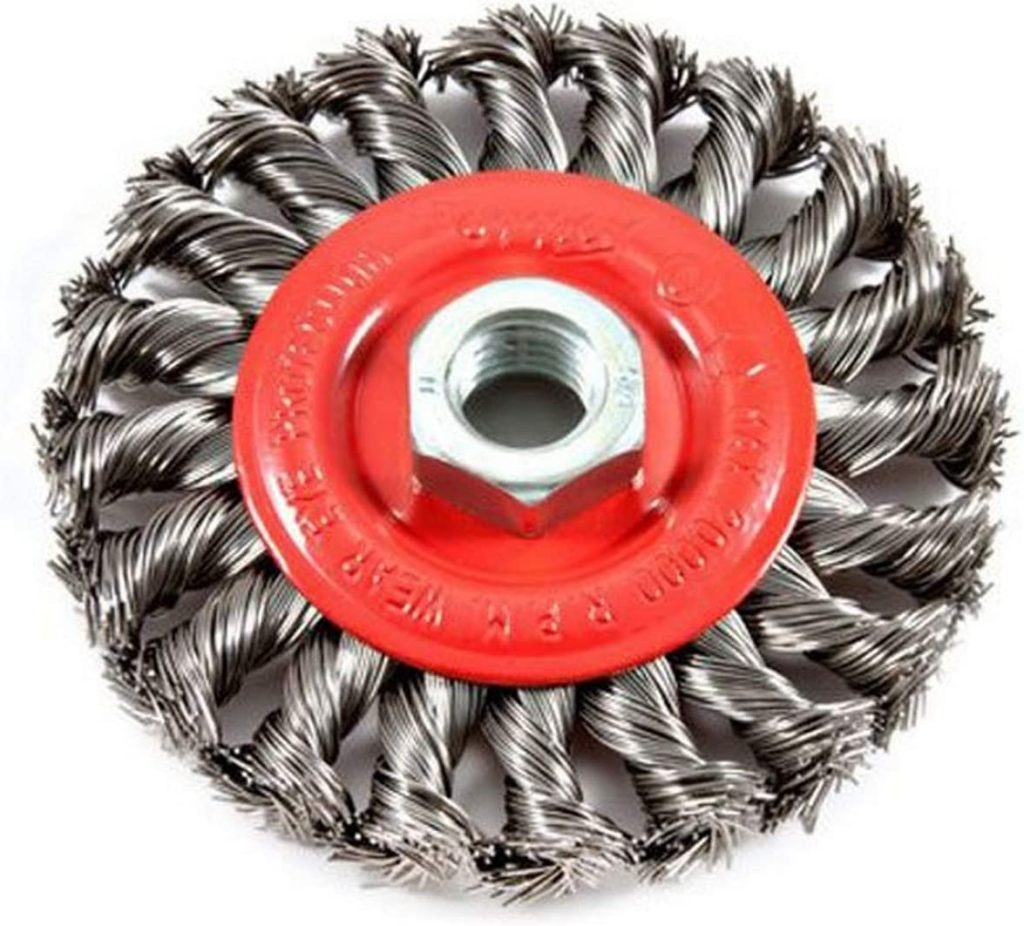
Purpose: Removing rust, paint, and scale from metal surfaces.
- Material: Steel wire bristles attached to a backing plate.
- Safety: Wear protective eyewear and gloves to prevent injuries.
Diamond Discs

Diamond disc
Purpose: Cutting through hard materials like concrete, stone, and tile.
- Material: Diamond abrasive segments bonded to a steel core.
- Safety: Use water coolant to prevent overheating and increase disc life.
Ceramic Sanding Discs

Purpose: Smoothing and finishing metal surfaces.
- Material: Ceramic abrasive grains bonded to a backing plate.
- Safety: Follow the manufacturer’s recommendations for safe use.
Strip Discs
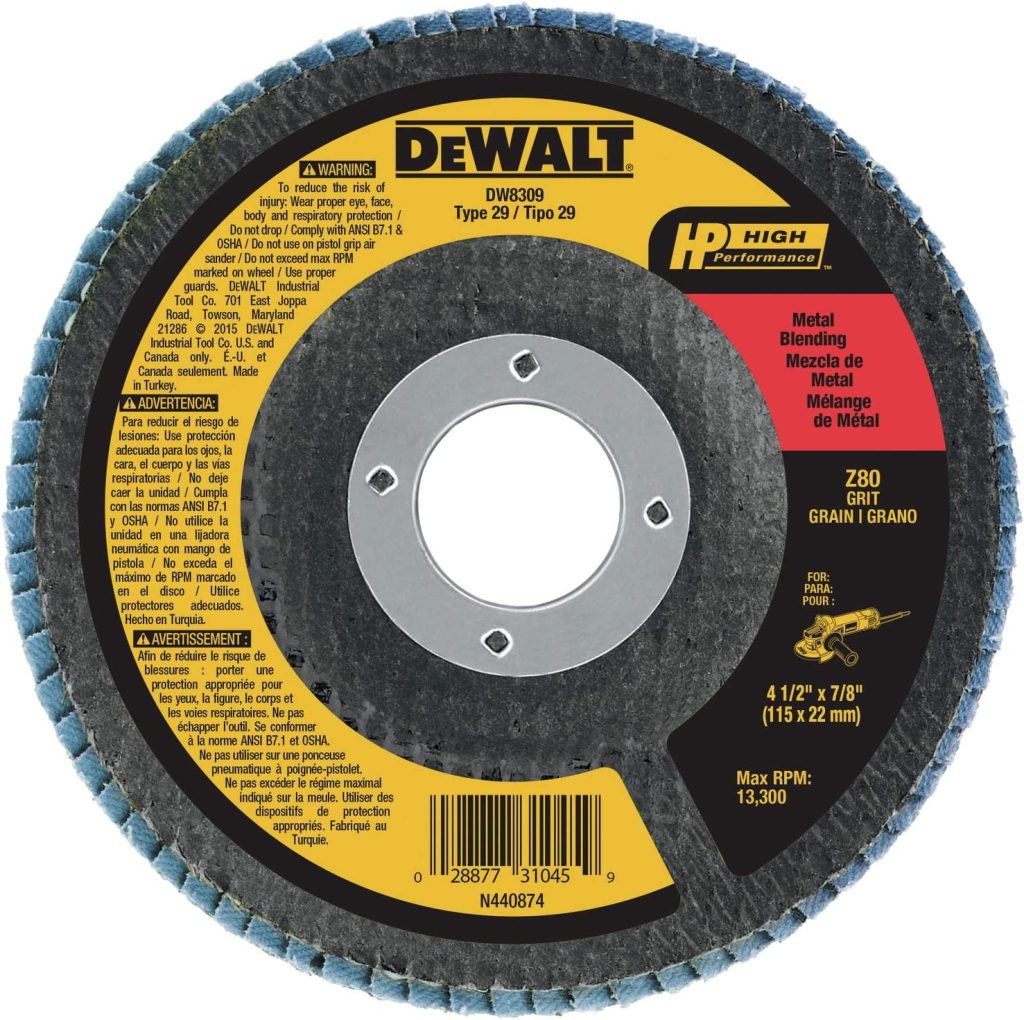
Purpose: Removing rust, paint, and scale from small areas.
- Material: Abrasive cloth strips attached to a backing plate.
- Safety: Similar to flap discs, wear protective gear.
Safety First
- Always wear safety glasses, a face shield, and hearing protection when using an angle grinder.
- Ensure the workpiece is securely clamped or held.
- Use the correct disc for the job and follow the manufacturer’s instructions.
- Inspect discs for damage before use.
- Maintain a firm grip on the grinder and avoid applying excessive pressure.
By understanding the different types of angle grinder discs and prioritizing safety, you can effectively and safely tackle a wide range of projects. Remember, practice makes perfect, so start with smaller tasks and gradually increase your skill level.
Would you like to know about specific applications for these discs or how to choose the right disc for your project?

